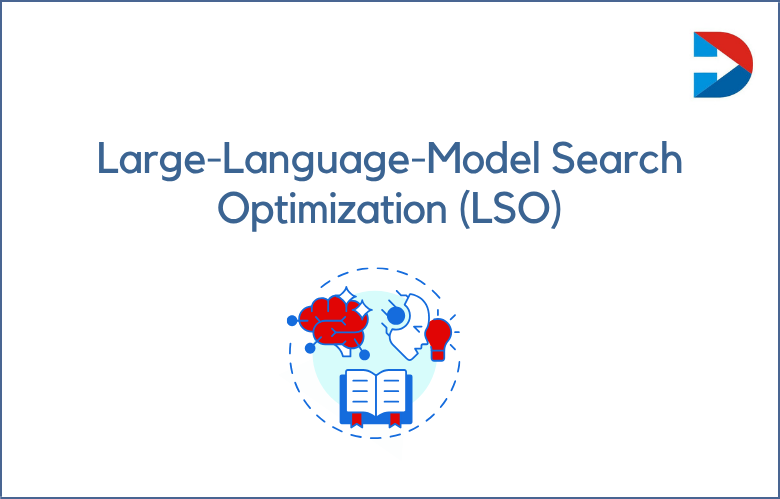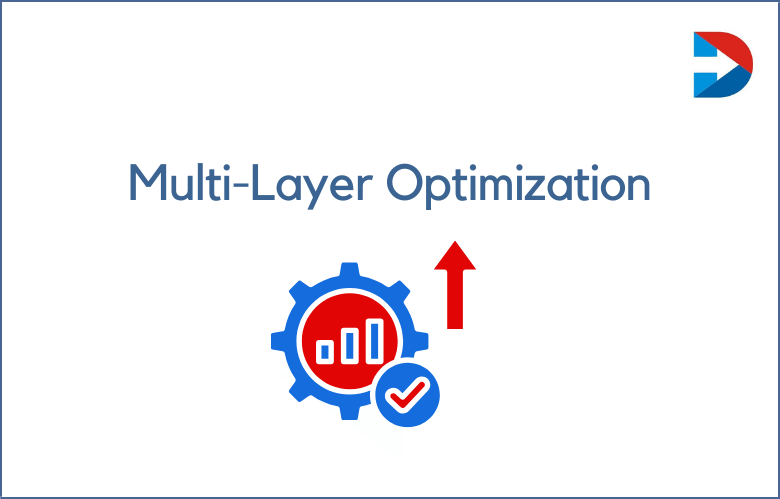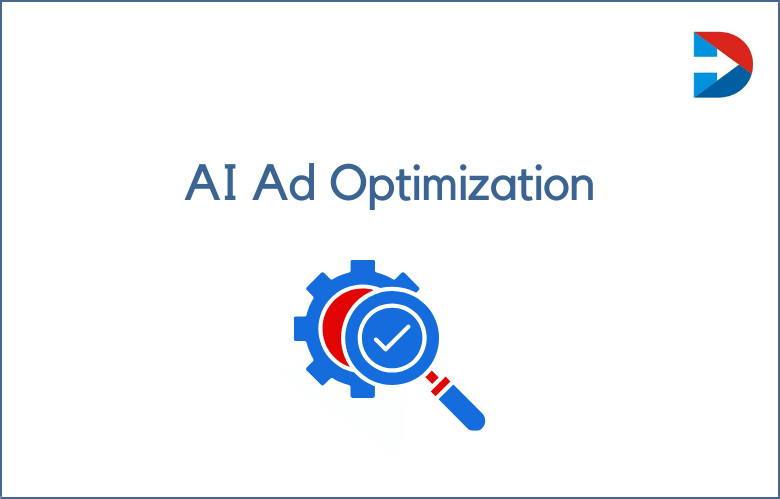
Native advertising has become essential to any digital marketing strategy in recent years. With its ability to blend seamlessly into a user’s online experience, its effectiveness cannot be ignored. However, measuring the ROI of native advertising campaigns can be tricky.
We will explore the different ways you can measure the ROI of your native advertising campaigns and how to optimize them for better results.
Native advertising has become essential to brand promotions in online marketing today. If you’re a brand or digital marketer, you’re probably already utilizing native advertising campaigns to increase your reach and visibility.
However, it’s not enough to create a fantastic native advertising campaign; you need to know how well it’s performing concerning conversions and return on investment (ROI).
In this post, we’ll look at how to measure the ROI of your native advertising campaigns and ensure that you get the best results from your campaigns.
The Benefits of Native Advertising for Your Brand
Increased Engagement:
Native advertising generally has higher engagement rates than traditional banner ads. This is because native ads are more seamlessly integrated into the content of the site or app where they appear and, therefore, are less likely to be ignored by users.
More Trustworthy:
Another benefit of native advertising is that it is generally more trustworthy than traditional advertising. This is because native ads are not perceived as being as
“in your face” as banner ads and, therefore, are not seen as intrusive. Native ads are often labeled as “sponsored content,” which makes it straightforward to users that the content is a form of advertising.
Greater ROI:
Because native advertising generally has higher engagement rates and is more trustworthy than traditional advertising, it often has a higher return on investment (ROI).
A study by Sharethrough found that native ads have an average ROI of 1.6%, while banner ads have an average ROI of 0.4%.
More Effective on Mobile Devices:
Native advertising is also more effective on mobile devices than traditional banner ads.
This is because mobile users are typically more engaged with the content on their device than desktop users and, therefore, are more likely to notice and interact with native ads.
The smaller screen size of mobile devices makes it more difficult for users to ignore native ads.
Helps You Reach a Wider Audience:
Native advertising can also help you reach a wider audience than traditional advertising. This is because native ads can be placed on various websites and apps, including those your target audience may not visit regularly.
Native ads often have a “social media boost,” meaning they are more likely to be shared on social media platforms like Facebook and Twitter.
Increases Brand Awareness:
Because native advertising helps you reach a wider audience and generate higher engagement rates, it can also help increase your business’s brand awareness.
A study by comScore found that brand recall was 70% higher for users who were exposed to native ads than for those who were not exposed to any form of advertising.
Boosts Sales and Leads:
One of the essential benefits of native advertising is that it can help boost sales and leads for your business. ]
This is because potential customers who see your native ad will be likelier to click through to your website or landing page and learn more about your product or service.
How to Create Effective Native Advertising Campaigns
Native advertising campaigns are becoming increasingly popular due to their ability to reach a targeted audience in a non-intrusive way.
However, creating an effective native advertising campaign that resonates with your audience requires careful planning and execution. This article will explore tips and best practices to help you make an effective native advertising campaign.
Know your audience:
Understanding your audience is critical to creating an effective native advertising campaign.
Conduct market research to identify your target audience’s interests, preferences, and behavior. This information will inform your strategy and help you create content that will resonate with your audience.
Choose the right platform:
Native advertising can be run on various platforms, such as social media, websites, and mobile apps. Once you understand your target audience, choose the most popular forum to ensure maximum exposure.
Create engaging content:
Native advertising is all about creating content that people want to engage with. Your content should be informative, entertaining, and relevant to your audience. Use compelling visuals, high-quality images, and catchy headlines to grab your audience’s attention.
Be transparent:
Honesty and transparency are critical to the success of native advertising. Ensure your ads are labeled as sponsored content to avoid misleading your audience. Please do so to prevent a loss of trust, ultimately hurting your brand.
Track your performance:
Measuring your native advertising campaign’s performance is essential to understanding how well it resonates with your audience. Use analytics tools to track your campaign’s clicks, views, and engagement rates. This information will help you tweak your campaign to optimize its performance.
In conclusion, native advertising can be a powerful way to reach your audience and promote your brand. Following the tips and best practices outlined in this article, you can create effective native advertising campaigns that resonate with your audience and help you achieve your marketing objectives.
The Role of Native Advertising in the Future of Digital Marketing
Native advertising is a relatively new concept in digital marketing that has taken the industry by storm. It is one of the fastest-growing advertising formats, with marketers and advertisers increasingly embracing it to stand out in an increasingly crowded digital landscape. But what exactly is native advertising, and what role will it play in the future of digital marketing?
At its core, native advertising is a form of paid advertising that seamlessly blends in with the surrounding content.
Instead of interrupting users with flashy, intrusive ads, native advertising seeks to provide a more organic and contextualized user experience by presenting sponsored content that looks and feels like the content that surrounds it. This can take many forms, such as sponsored articles, video ads, social media posts, etc.
Native Advertising vs. Display Advertising: Which is Right for Your Brand
When promoting your brand online, there are two standard options you may commonly come across native advertising and display advertising. Although they are similar in some ways, they have distinct differences that may make one more suitable for your brand than the other.
Native advertising is a form of online advertising that aims to blend in with the user’s viewing experience.
This type of advertising typically appears within the natural flow of content on a website or social media feed, and it’s designed to look and feel like the surrounding content, ultimately delivering a more organic experience to the user.
A brand often sponsors the content and is highly targeted to a specific audience. It is intended to be informative and engaging without being overly promotional.
The Ethics of Native Advertising: Balancing Brand Promotion and Transparency
The issue of native advertising has become increasingly important as digital advertising continues to hold a dominant position in the advertising world.
Native advertising is a form of paid media that appears like natural editorial content, seamlessly blending into the website platform or forum where it is placed. The challenge is finding an appropriate balance between promoting brands and maintaining transparency.
One of the primary concerns surrounding the ethics of native advertising is that it can be misleading to consumers.
The Federal Trade Commission (FTC) has issued guidelines and rules for businesses that engage in native advertising, requiring them to clearly and conspicuously disclose that the content is advertising. Failure to comply with these guidelines could result in legal action, fines, or other penalties.
The Evolution of Native Advertising: Trends to Watch in 2023
Native advertising has been gaining popularity in recent years, with its ability to integrate seamlessly into the consumer’s online experience while driving engagement and purchase intent. As we look ahead to 2023, we can expect to see even more evolution and innovation within the world of native advertising.
One trend is the shift towards more personalized and contextualized native advertising. Brands increasingly rely on data and AI technologies to analyze consumer behavior, preferences, and intent to deliver more relevant and targeted native ads.
This will require more sophistication and integration between different marketing channels and platforms and a transparent and ethical approach to data usage.
Native Advertising on Social Media: Best Practices for Success
Native advertising has become increasingly popular on social media platforms, and for a good reason.
According to a study by Sharethrough, users are 25% more likely to look at native ads than traditional banner ads, and they also result in higher click-through rates. However, creating successful native ads on social media requires careful planning and consideration of best practices.
Know your audience:
Before creating a native ad, you must clearly understand who you’re targeting. Consider age, gender, interests, and online behavior to ensure your ad is relevant and appealing to your intended audience.
Focus on storytelling:
Native advertising on social media should feel natural and non-intrusive. One way to achieve this is by using storytelling to engage your audience. You can create a more impactful and memorable ad by telling a compelling story that resonates with your audience.
Use high-quality visuals:
With the fast-paced nature of social media, it’s essential to capture your audience’s attention quickly. High-quality visuals such as images and videos can help your ad stand out in a crowded feed.
Be transparent:
Native advertising should always be clearly labeled to avoid misleading your audience. Be upfront about your sponsored post, and ensure the content aligns with your brand values and messaging.
Test and optimize:
It’s essential to constantly test and optimize your native ads to ensure maximum effectiveness. Analyze engagement and conversion rates to identify what’s working and needs improvement.
By following these best practices, businesses can create successful native ads on social media that engage their audience and drive results.
The Dos and Don’ts of Native Advertising: A Guide for Marketers
Native advertising has become an essential part of modern marketing strategies. While it offers numerous benefits, such as increased brand exposure and higher customer engagement rates, marketers must ensure their native advertisements are not misleading or deceptive.
To help marketers navigate this challenging landscape, we have created a guide that includes the dos and don’ts of native advertising.
Do: Be transparent:
The most critical aspect of native advertising is transparency. Native advertisements should always be clearly labeled and identified as sponsored content.
This will enable consumers to distinguish between native advertisements and genuine editorial content. A lack of transparency harms consumers and brands, tarnishing the brand’s reputation and reducing consumer trust.
Do: Focus on relevance:
Native advertising should always be relevant to the audience and the content it appears alongside. This is achieved through careful targeting and ensuring the creative messaging aligns with the audience’s interests and needs.
Do: Blend in naturally:
Native advertisements should blend in with editorial content, making them less intrusive and natural. Elements like headlines, images, and copy should align with the style and format of surrounding content.
Do: Prioritize quality:
Quality matters in native advertising. The better the quality of the sponsored content, the more successful it will be in attracting and engaging audiences. Invest time and resources in producing high-quality creative assets that resonate with your target audience.
Don’t Mislead your audience:
Misleading content can damage your brand reputation and cost you customer trust. Native advertising must be truthful and accurate and not make false claims.
If the content is not explicit in distinguishing between advertising and editorial content, the audience may feel deceived, resulting in a loss of trust in the brand.
Don’t Overload audiences with content:
The goal of native advertising is to engage audiences meaningfully. However, too much content can be overwhelming and negatively affect user experience. Careful consideration of content length is essential to ensure the audience is not overburdened with irrelevant content.
Don’t forget to measure success:
Like any other form of advertising, success in native advertising is measured in metrics such as reach, engagement, and, ultimately, ROI. To optimize future campaigns, marketers must analyze campaign performance carefully and adjust strategies to improve future performance.
In conclusion, native advertising can be an effective way to reach target audiences and drive engagement. However, marketers need to be aware of the dos and don’ts of native advertising to create compelling and truthful content that won’t damage their brand’s reputation.
By focusing on transparency, relevance, and quality, marketers can create an effective native advertising campaign that resonates with their target audience while avoiding common pitfalls.
How to Choose the Right Native Advertising Platform for Your Brand
Native advertising has emerged as one of the most effective ways to reach and engage with target audiences. It involves the placement of sponsored content that blends seamlessly with the look and feel of the platform on which it is displayed.
However, with so many native advertising platforms available, choosing the right one for your brand can be challenging. This article will explore some factors to consider when selecting a native advertising platform.
The first consideration when choosing a native advertising platform is its ability to target the right audience.
The platform should have access to a large pool of relevant audiences and provide advanced targeting options such as location, interests, demographics, and behavior. A platform that can help you reach the right audience is crucial for the success of your advertising campaign.
Conclusion:
Native advertising has become a famous brand marketing strategy because it generates traffic, leads, and sales effectively. While measuring the ROI of native advertising campaigns can be tricky, there are several ways to track the success of your campaigns.
By identifying your KPIs, using tracking URLs, conversion tracking, focusing on engagement metrics, and analyzing your campaign’s cost and revenue, you can calculate the ROI of your native advertising campaigns accurately.
This data will help you optimize your ad spend and strategy for better results in the future. Measuring the ROI of your native advertising campaigns is vital to understand how profitable they are for your business.
With clear goals, key metrics, attribution modeling, and ROI calculations, you’ll be able to know what works, what doesn’t, and where to make improvements. This will help you maximize your returns, optimize campaigns, and boost the overall success of your brand.



